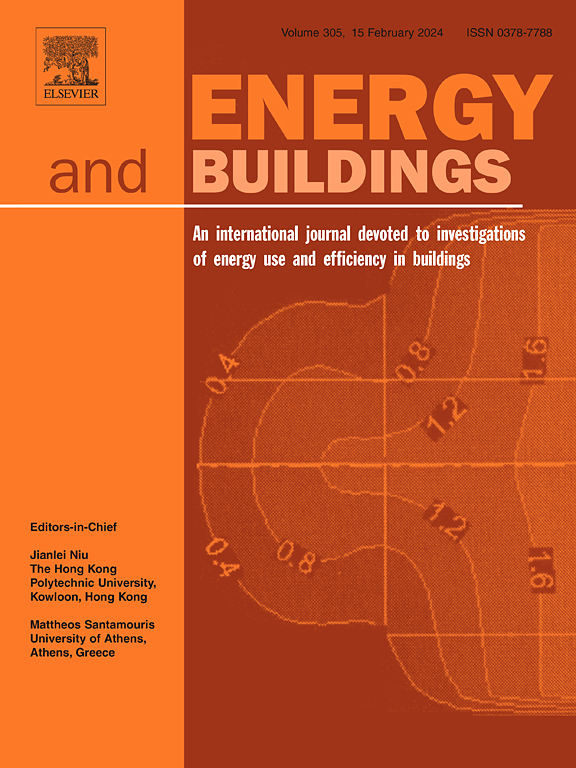重新思考高密度城市的住宅建筑设计,以增强对大流行病的抵御能力:平衡重要性与实用性
IF 6.6
2区 工程技术
Q1 CONSTRUCTION & BUILDING TECHNOLOGY
引用次数: 0
摘要
在封锁政策和高密度城市地区,建筑环境与流行病传播之间的关系尤为明显。在 COVID-19 大流行期间和之后,非药物干预变得越来越重要。本研究提出了高密度城市抗流行住宅建筑设计的评价指标体系,涵盖场地规划、建筑设计、建筑设备和管理等整个设计过程。该系统包括 64 种设计策略,分为 15 个子类别和 4 个类别。然后,我们通过综合重要性和实施难度两个维度来评估每种策略的偏好度。我们对具有高密度城市抗大流行病设计经验的专家进行了问卷调查。通过模糊综合评价分析和 "偏好指数 "概念,确定了大流行爆发期间最重要、最实用的干预措施。结果表明,"服务与管理 "是需要优先考虑的类别,其次是 "物业管理"、"公共区域 "和 "建筑形态 "等子类别。在设计策略中,"废物容器"、"宣传和教育"、"地漏和水封 "以及 "环境清洁和消毒 "是排名前四位的推荐策略。本研究为政策制定者和从业人员提供了在呼吸道感染爆发时有效且易于实施的预防措施。它还为新建建筑和现有建筑提供了具体的政策建议和应用建议,有助于创造更安全、更健康的生活环境。本文章由计算机程序翻译,如有差异,请以英文原文为准。
Rethinking residential building design in high-density cities for enhancing pandemic resilience: Balancing importance and practicality
The relationship between the built environment and epidemic transmission is particularly pronounced within the context of lockdown policies and high-density urban areas. Non-pharmaceutical interventions have become increasingly important during and after the COVID-19 pandemic. This study proposes an evaluation index system for pandemic-resilient residential building designs in high-density cities, covering the entire design process including site planning, architecture design, building equipment and management. The system includes 64 design strategies, categorized into 15 sub-categories and 4 categories. Then, we evaluate the preference of each strategy by synthesizing the dimensions of importance and implementation difficulty. A questionnaire survey was conducted among experts who have experience with pandemic-resilient designs in high-density cities. Fuzzy synthetic evaluation analysis was implemented along with the “preference index” concept to identify the most important and practical interventions during the pandemic outbreak. The results indicate that “service and management” is the category that requires priority, followed by “property management,” “common areas” and “building morphology” in sub-categories. Among the design strategies, “waste receptacle,” “publicity and education,” “floor drain and water seal” and “environmental cleaning and disinfection” are the top four recommended strategies. This study provides policymakers and practitioners with effective and easily implementable prevention measures during an outbreak of respiratory tract infections. It also offers specific policy recommendations and application suggestions for new and existing buildings, contributing to creating a safer and healthier living environment.
求助全文
通过发布文献求助,成功后即可免费获取论文全文。
去求助
来源期刊

Energy and Buildings
工程技术-工程:土木
CiteScore
12.70
自引率
11.90%
发文量
863
审稿时长
38 days
期刊介绍:
An international journal devoted to investigations of energy use and efficiency in buildings
Energy and Buildings is an international journal publishing articles with explicit links to energy use in buildings. The aim is to present new research results, and new proven practice aimed at reducing the energy needs of a building and improving indoor environment quality.
 求助内容:
求助内容: 应助结果提醒方式:
应助结果提醒方式:


